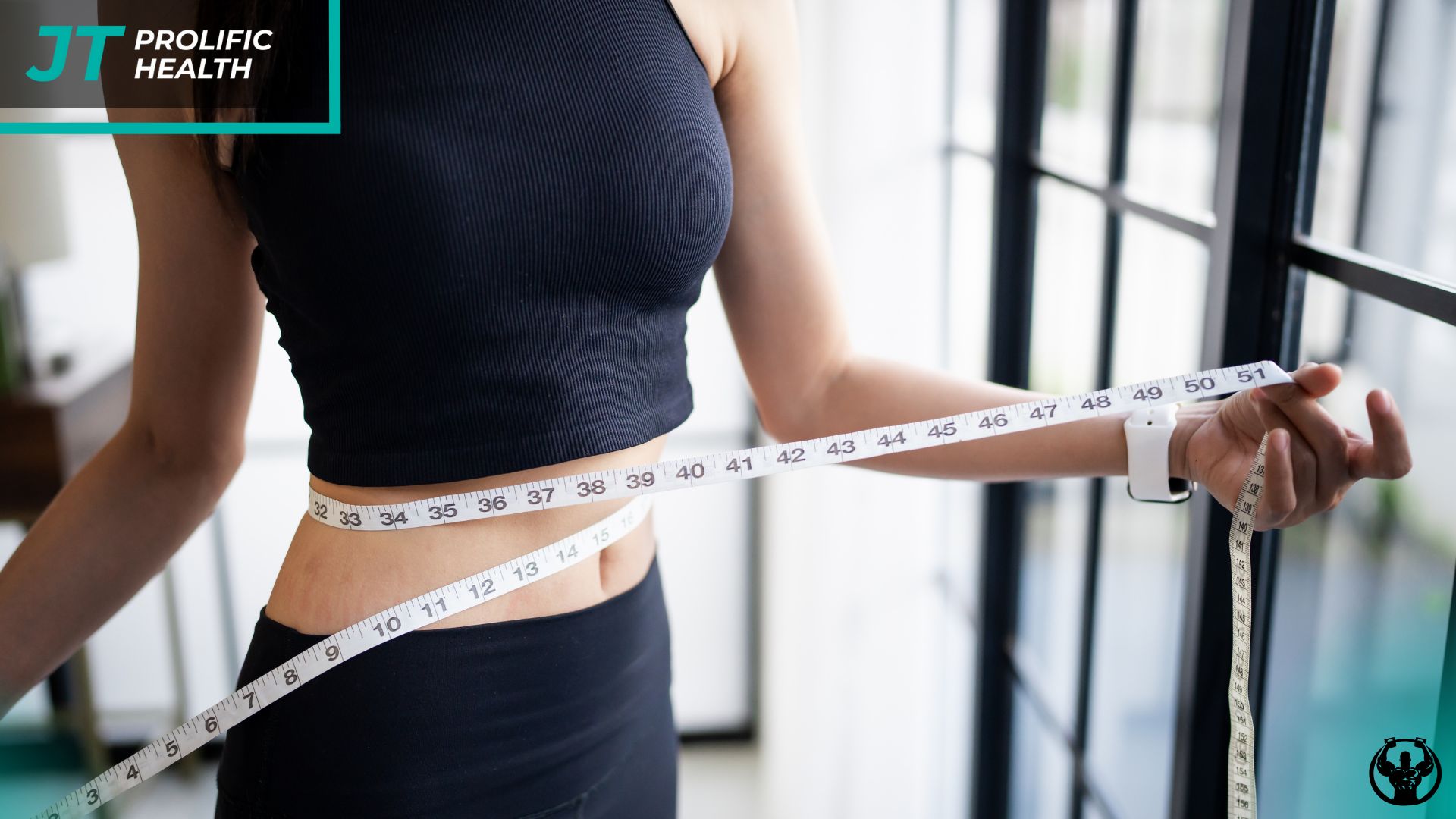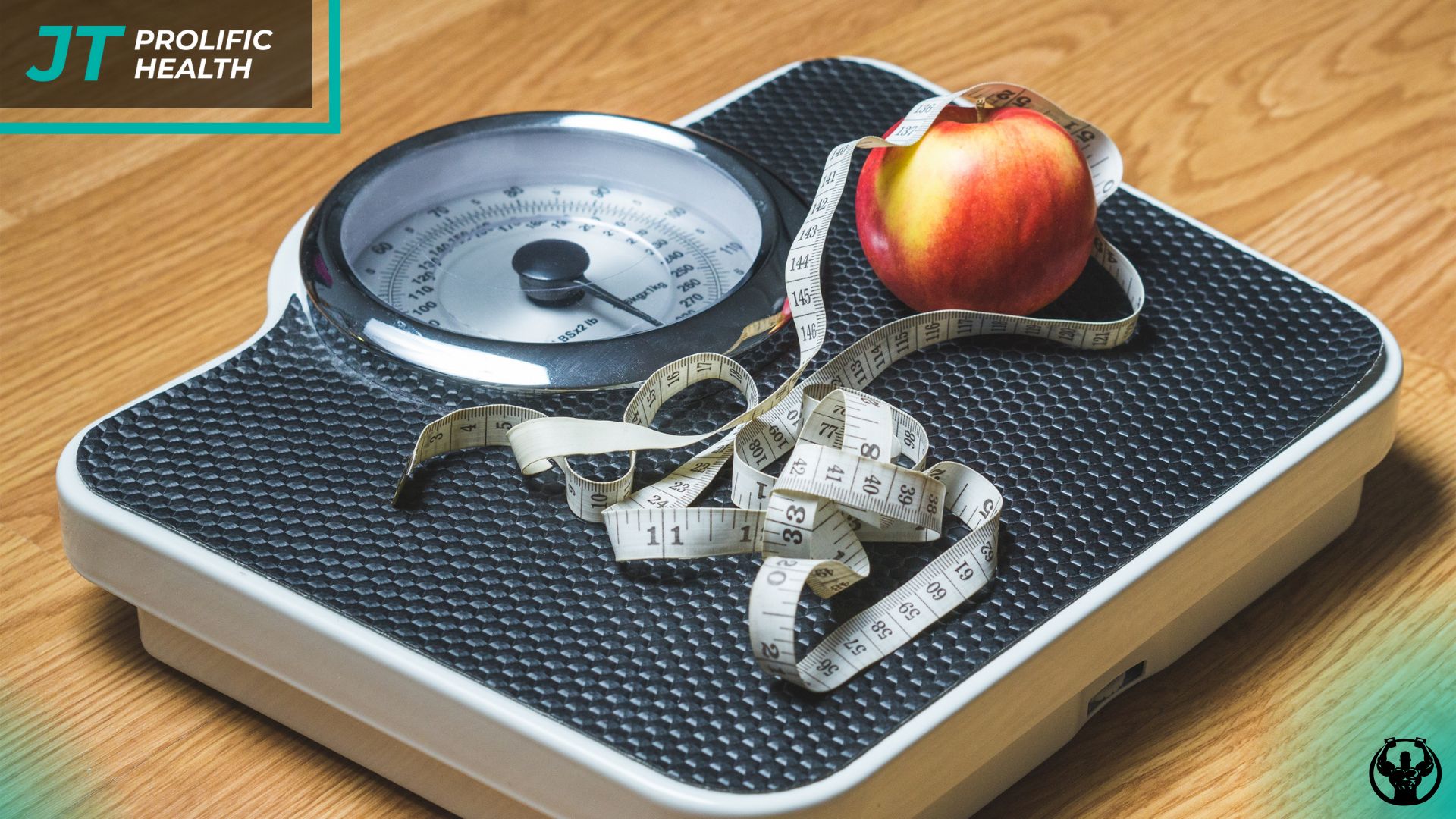Did you know 83% of Canadians fail to meet weekly strength training guidelines? Statistics Canada reports this gap persists despite growing awareness of physical health benefits. At Prolific Health, we’ve seen firsthand how simple, equipment-free routines can transform fitness journeys in Richmond and Vancouver.
Our approach focuses on movements using your own resistance against gravity. This method builds strength while teaching proper form – critical for preventing injuries. Whether you’re in a condo or local park, these techniques adapt to your environment.
Research shows consistent training without weights improves mobility and muscle endurance as effectively as gym machines. Many assume progress requires heavy equipment, but science confirms otherwise. Your physique becomes the ultimate training tool.
Key Takeaways
- Versatile workouts requiring no specialized equipment
- Accessible routines for urban Canadian lifestyles
- Proven strength-building through controlled resistance
- Enhanced mobility from full-range movements
- Foundational techniques for injury prevention
Serving BC communities since 2018, our team at 604 818 6123 tailors programs to individual needs. This guide progresses from basic principles to advanced variations, helping you master movement patterns safely. Let’s redefine what’s possible with smart, sustainable training.
Unlocking Strength and Mobility with Bodyweight Exercises
Gyms aren’t the only answer to building strength—your body holds untapped potential. At Prolific Health, we’ve helped Vancouver and Richmond residents unlock this through adaptable routines that fit urban Canadian lifestyles. Forget crowded fitness centers or pricey gear; your living space or local park becomes your training ground.
Many assume these methods lack intensity, but that’s where myths crumble. Movements like pull-ups and handstands demand precision and power, challenging even seasoned athletes. Our clients regularly surprise themselves with what they achieve using gravity and smart technique.
Modern programs blend time-tested principles with sport science breakthroughs. What started as basic push-ups now includes dynamic progressions used by Olympians and yogis alike. This evolution makes bodyweight training scalable for all—whether you’re rehabbing an injury or prepping for a marathon.
- Adaptable to apartments, parks, or office spaces
- Progress tracking through movement complexity
- Cost-effective alternative to gym memberships
We prioritize safety and sustainability, ensuring every workout builds functional strength without joint strain. Ready to transform how you move? Let’s explore how to maximize results with what you already have—yourself.
What are Bodyweight Exercises


Your own body is the most versatile fitness tool you’ll ever own. At Prolific Health, we teach Richmond and Vancouver clients to harness gravitational resistance through intentional movement patterns. This approach turns everyday spaces into personal studios for building strength and control.
Defining the Concept
These techniques use your mass as natural resistance. Instead of adding external loads, you manipulate angles and leverage to increase difficulty. A push-up becomes harder by elevating your feet, while a squat gains intensity through tempo changes.
How They Differ from Weighted Training
Traditional weightlifting focuses on increasing load for progression. Bodyweight methods prioritize mastery of movement mechanics. You advance by refining form, expanding range, or combining motions – like transitioning from a plank to a push-up seamlessly.
This style develops functional strength applicable to real-world scenarios. Carrying groceries or climbing stairs becomes easier as you train multiple muscle groups together. It’s why athletes and physiotherapists alike recommend these practices for balanced development.
Benefits of Bodyweight Exercises


Your daily environment holds the key to transformative workouts. At Prolific Health, we’ve helped Vancouver and Richmond clients achieve remarkable results through methods that adapt to apartments, parks, and busy schedules. These techniques offer three core advantages that make them ideal for Canadian urban lifestyles.
Sustainable Power Development
Consistent practice builds lasting muscular endurance. Movements like push-ups and lunges challenge multiple muscle groups simultaneously, creating lean strength that translates to real-world activities. Clients often match gym-based results by focusing on controlled repetitions and tempo variations.
Fluid Movement Patterns
Full-range motions naturally enhance joint mobility. Unlike restrictive machines, these methods engage stabilizer muscles in your shoulders, hips, and core. This leads to better balance during daily tasks – from carrying groceries to playing with kids.
Universal Adaptability
Whether you’re starting out or training for a marathon, modifications keep workouts effective. Elevate your hands during planks to reduce intensity, or add pulse squats for advanced challenges. Our team tailors programs to individual needs without requiring special equipment.
Over 70% of our clients report fewer injuries after switching to these methods. The natural movement patterns reduce joint strain while improving coordination. It’s not just exercise – it’s movement education that evolves with your capabilities.
Suitability for All Fitness Levels


Fitness journeys shouldn’t have barriers—that’s why our methods work for everyone. At Prolific Health, we craft routines that meet you where you’re at. Richmond and Vancouver clients from all backgrounds achieve results through smart scaling.
Foundations First
New to training? Start with movements that build confidence. Wall push-ups let you master form before progressing to floor variations. Knee-supported options reduce strain while developing core stability.
- Elevated surfaces for controlled range of motion
- Tempo adjustments to emphasize muscle engagement
- Partial repetitions that prioritize quality over quantity
Elevating the Challenge
Seasoned trainees find fresh tests through leverage shifts. Single-arm movements demand precision, while explosive jumps build power. We track progress through complexity rather than weights.
- Pistol squats for unilateral leg development
- Handstand progressions requiring shoulder control
- Dynamic transitions between movement patterns
Our system identifies when you’re ready to advance. You’ll notice smoother transitions between positions and increased endurance. That’s your cue to level up—safely and effectively.
The Science Behind Bodyweight Exercises
Science validates what athletes instinctively know – effective training doesn’t require complex equipment. Recent studies reveal how gravity-based movements trigger remarkable physiological adaptations. Let’s examine the evidence shaping modern fitness approaches across Canada.
Research Insights and Studies
Kennesaw State University researchers found intense bodyweight circuits outperform traditional cardio. Their 20-minute AMRAP protocol burned more calories than treadmill running at 85% max heart rate. Participants also reported greater muscle engagement during compound movements like squats and push-ups.
Physiology & Behaviour journal highlights muscle growth without external weights. Full-range motions create sufficient tension when performed consistently. This explains why controlled pull-ups develop back strength as effectively as lat pulldown machines.
Evidence From Canadian Fitness Guidelines
Canada’s Physical Activity Guidelines recommend muscle-strengthening activities twice weekly. Bodyweight methods meet these standards through scalable resistance. A Journal of Exercise Science study proved push-ups match bench press results when using proper form and tempo.
Canadian sports institutes recognize these techniques improve functional mobility. Multi-joint movements enhance coordination better than isolated machine exercises. This reduces injury risks while building practical strength for daily tasks.
At Prolific Health, we align our Richmond and Vancouver programs with these findings. Whether you’re building muscle or enhancing endurance, science confirms your body provides all the necessary tools.
Best Bodyweight Workouts for a Full Body Approach
Full-body conditioning requires strategic movement pairing. Our trainers craft multi-planar routines that challenge muscles while improving coordination. Clients in Richmond and Vancouver achieve balanced results through sequences merging strength, stability, and mobility.
Upper Body Development
Push-up variations build chest and triceps strength. Angle adjustments – like decline or rotational styles – target different muscle fibers. Pair these with pull-up progressions for back development. Dips and pike push-ups add shoulder engagement, creating comprehensive upper-body conditioning.
Lower Body Sequences
Squats form the foundation, activating glutes and quads. Walking lunges enhance unilateral stability, while jump variations boost power. Single-leg deadlifts improve balance, preparing you for real-world movements like stair climbing or hiking local trails.
Core-Focused Training
Planks teach essential tension control. Mountain climbers add dynamic challenges, while dead bugs strengthen deep abdominal muscles. Rotational patterns mimic twisting motions used in sports or daily tasks, building functional core resilience.
We combine these elements into time-efficient circuits. A sample session might alternate pushing/pulling motions with lower-body and core work. This approach maximizes calorie burn while preventing overuse injuries – key for sustainable progress in urban Canadian lifestyles.
Key Bodyweight Exercises for Peak Performance
Mastering fundamental movements unlocks athletic potential more than any gym machine. At Prolific Health, we focus on six core patterns that form the foundation of strength development for our Richmond and Vancouver clients. These techniques adapt to any space while delivering measurable progress.
Essential Movements to Build Strength
Push-ups teach controlled pushing mechanics while engaging chest, shoulders, and core. Elevate your feet or add rotational elements to increase difficulty. Squats remain unmatched for lower-body power, improving mobility needed for daily tasks like lifting groceries or climbing stairs.
Pull-ups develop back and lat strength through vertical pulling motions. Start with assisted variations using resistance bands if needed. Planks build foundational core stability – hold proper alignment before attempting dynamic variations like side planks or mountain climbers.
Lunges correct muscle imbalances by working each leg independently. Forward, reverse, and lateral versions enhance balance for activities like hiking or skiing. Burpees combine explosive jumps with push-ups for full-body conditioning, boosting cardiovascular endurance alongside muscular power.
These movements form the backbone of our private training programs across British Columbia. By progressing through controlled repetitions and tempo changes, you’ll build lean muscle while reducing injury risks. Your body becomes both the student and teacher in this process.
Expert Tips for Maintaining Proper Form
Precision beats power when mastering movement patterns. At Prolific Health, we’ve corrected over 1,200 form errors for Richmond and Vancouver clients – most stemming from subtle alignment issues. Proper technique turns basic motions into transformative tools.
Common Mistakes to Avoid
Elbows flaring outward during pressing motions strains shoulders. Keep them at 45-degree angles to protect joints. Sagging hips during planks reduce core activation – squeeze glutes to maintain straight-line alignment from head to heels.
Rushing repetitions sacrifices muscle engagement. Lower for 3 seconds, pause, then push up with control. Partial squats miss glute development – descend until thighs parallel the floor while keeping knees behind toes.
Dos and Don’ts in Technique
Breathe out during exertion phases. Exhale when pushing up from a press-up or standing from a squat. Keep shoulders away from ears during pulling motions to prevent neck tension.
Modify when form falters. If back arches during push-ups, elevate hands on a bench. For squats, use a chair tap-down method until mobility improves. Track progress through cleaner movement patterns rather than rep counts.
Develop hip flexibility with daily stretches if squat depth challenges you. Thoracic rotations improve shoulder positioning for overhead movements. Consistent form practice builds neuromuscular connections faster than rushed workouts.
Creating a Balanced Workout Routine
A well-rounded regimen blends movement variety with mindful recovery strategies. For Vancouver and Richmond residents juggling busy schedules, smart planning maximizes results without burnout. The key lies in pairing complementary elements that support your goals and lifestyle.
Fueling Progress Through Movement Diversity
Alternate days of group strength sessions with heart-pumping cardio like brisk walks or stair climbs. This approach builds lean muscle while boosting cardiovascular health. Local parks become ideal spaces for interval sessions – sprint between trees or use benches for step-ups.
Strategic Downtime for Growth
Muscle repair happens during rest, not workouts. Schedule at least two recovery days weekly. Try light yoga or foam rolling to maintain mobility without strain. Track sleep quality – it’s when 80% of tissue regeneration occurs.
Our Prolific Health clients see better results through this balanced framework than extreme programs. Listen to your body’s signals and adjust intensity accordingly. Consistency trumps intensity when building lasting fitness habits.




